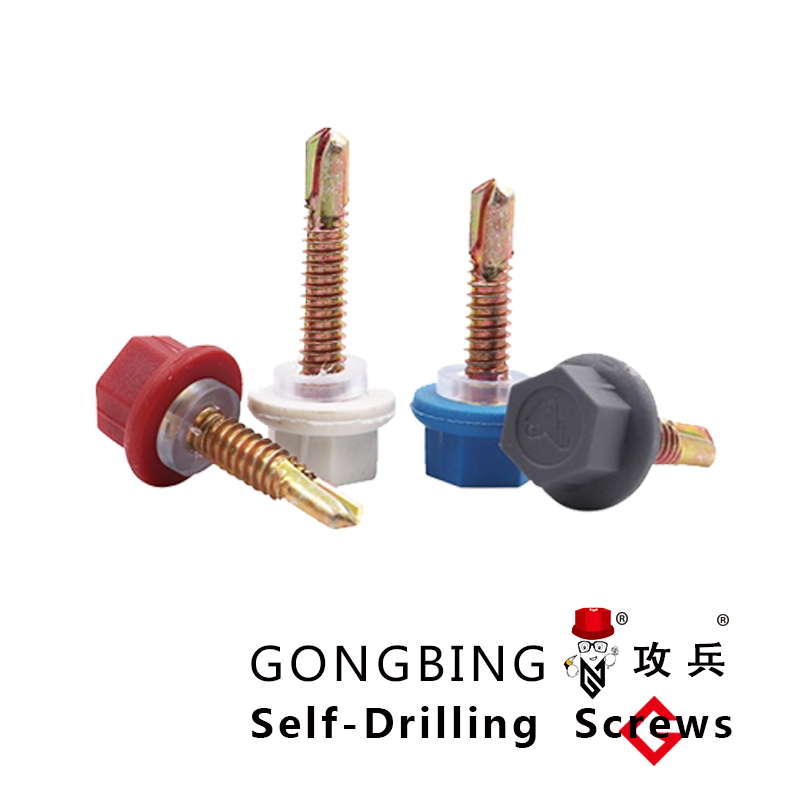shear studs
Understanding Shear Studs Essential Components in Structural Integrity
Shear studs are crucial components in construction and engineering, particularly in the building of composite structures such as bridge decks, high-rise buildings, and industrial facilities. These elements contribute significantly to the overall strength and stability of these structures, making them indispensable in modern architectural design and civil engineering.
What are Shear Studs?
Shear studs, often referred to as shear connectors, are typically made of steel and are welded to the top flange of a steel beam or plate. They protrude vertically to provide a connection between the steel and the concrete that is poured on top. Their primary function is to ensure that the composite action occurs efficiently between the steel beam and the concrete slab during loading conditions. This means that both materials behave as a single unit rather than separate entities, enhancing the structural performance of the system.
Mechanical Properties
The design of shear studs is guided by various mechanical properties, including tensile strength, shear capacity, and resistance to fatigue. They are usually equipped with a head, which increases the grip with the concrete and ensures a robust connection. Standard dimensions for shear studs can vary based on engineering specifications, but they are generally designed to resist significant loads while minimizing material usage to keep costs manageable.
The Role of Shear Studs in Composite Construction
In composite construction, shear studs play a vital role in load transfer. When a load is applied to the structure, the shear studs help in transferring the shear forces between the concrete slab and the steel beam. This transfer prevents the concrete from sliding off the steel, allowing the materials to work together to support dead loads (permanent static loads) and live loads (temporary dynamic loads, such as people and furniture).
Without shear studs, the concrete and steel would act independently, which could lead to cracking in the concrete or in the worst-case scenario, structural failure. The integration of shear studs leads to a more efficient use of materials, allowing for lighter and more slender structural designs, which is a significant advantage in areas where space and weight are critical concerns.
shear studs

Design Considerations
When designing a structure that includes shear studs, several factors must be considered. This includes the load-bearing capacity required, the dimensions of the beams, and the thickness of the concrete. Engineers also need to adhere to relevant building codes and standards to ensure safety and reliability. For instance, the American Institute of Steel Construction (AISC) provides guidelines for the design and placement of shear studs to maximize their effectiveness.
In addition to structural performance, the placement of shear studs must also consider the potential for corrosion, especially in environments that may expose the studs to moisture. Proper selection of materials and protective coatings can help mitigate these concerns, ensuring longevity and durability.
Installation and Quality Control
The installation of shear studs is a critical process that demands precision and expertise. They are typically installed using stud welding techniques, which provide a strong bond between the stud and the steel beam. Quality control measures must be in place during installation to ensure that each shear stud is positioned correctly and that the welds meet specified standards.
After installation, it is common to perform inspections and testing to ensure that the shear studs will perform as expected under load. Non-destructive testing methods, such as ultrasonic testing, may be employed to detect any potential defects that could compromise the integrity of the shear connection.
Conclusion
In summary, shear studs are integral to the functionality and safety of composite structures. Their role in facilitating composite action between steel and concrete is essential for achieving the desired load-bearing capacities and structural efficiencies. As construction technologies advance and the demand for innovative architectural designs increases, the importance of shear studs in engineering will only continue to grow.
Understanding their function, properties, and best practices in design and installation can lead to safer and more efficient structures, exemplifying the crucial relationship between materials and modern engineering solutions. As developments continue in materials science and construction methods, shear studs will remain a key component in the pursuit of secure and durable construction practices.
-
Weatherproof Plastic Expansion Anchors for OutdoorΝέαJun.06,2025
-
Sustainability in the Supply Chain: Eco-Friendly TEK Screws ProductionΝέαJun.06,2025
-
Load-Bearing Capacity of External Insulation FixingsΝέαJun.06,2025
-
Double Head Bolts: Enhancing Efficiency in Industrial MachineryΝέαJun.06,2025
-
Corrosion Resistance in Chipboard Screws: Coatings for Wholesale DurabilityΝέαJun.06,2025
-
Butterfly Toggle Bolts : Enhancing Structural ResilienceΝέαJun.06,2025
